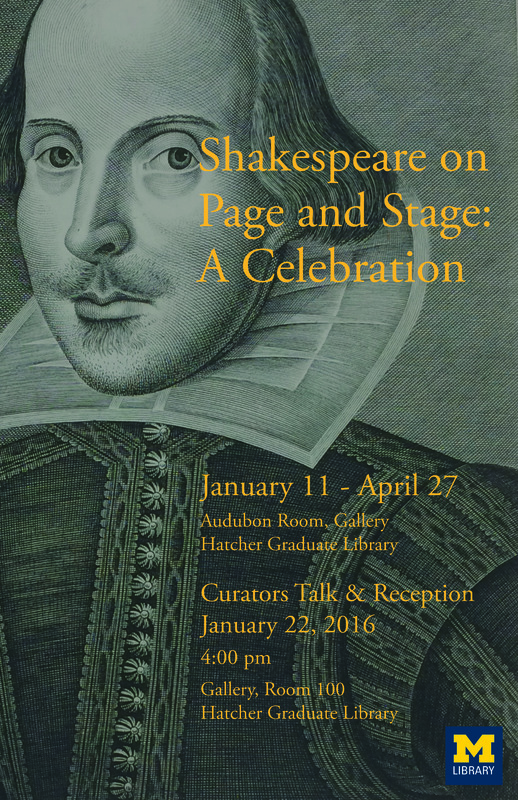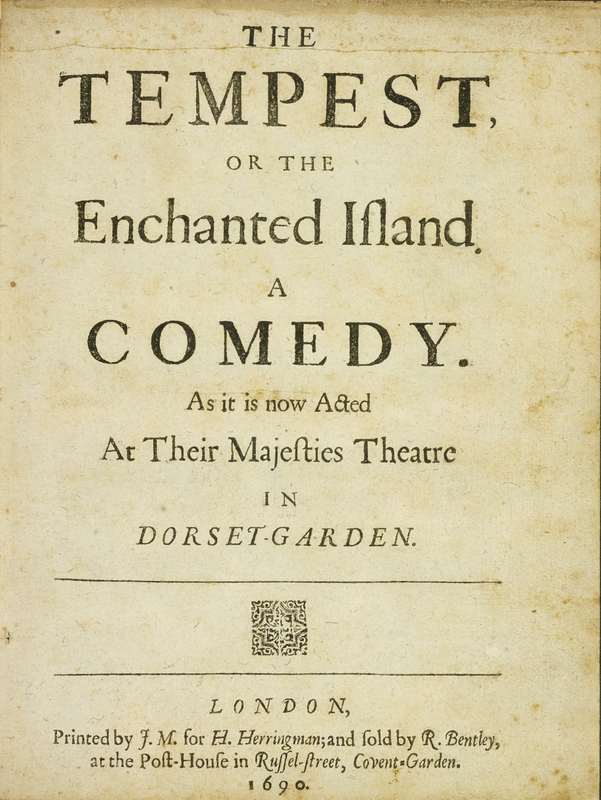The Quartos
When reading a Shakespeare's play printed in the seventeenth and eighteenth centuries, we might detect some peculiar features such as the inconsistent spelling, errors in pagination, readers's annotations, and even textual variants between copies of the same edition. Any book printed during the so-called hand-press period -ranging from 1455 to the beginning of the eighteenth century- would raise the question of whether it reflects what the author intended. Unless the author was present in the printing shop when the book was being set and printed, and there is no evidence that Shakespeare ever interacted with printers- the original text was often at the mercy of the compositors, who applied their own spelling habits and, too often, introduced numerous errors. This plate from the famous eighteenth-century Encyclopédie depicts the compositors setting the lines of the text and imposing the pages in a folio format.
In the hand-press period, the format of a book described how the metal type for each page of a sheet was arranged in a pair of iron chases (formes), and how the sheets printed from these formes were subsequently folded. For instance, a Folio is a book printed on two-page formes, the resultant printed sheets being folded once to create four pages. A Quarto is a book printed on four-page formes, with each of the printed sheets folded twice to generate eight pages. The plate on your right describes different tasks of the pressmen. The puller on the left is changing a sheet of paper while his beater inks a folio forme. The puller on the right is pulling the first half of the forme. Behind this puller is a beater distributing the ink on the balls and overlooking the heap of sheets. On the lower section of the plate, we can see an example of a quarto forme as seen from above.
When scholars talk about "bad quartos," they are indeed referring to the concept of format. In an address entitled, "To the Great Variety of Readers," the editors of the First Folio insist that previous readers of Shakespeare's plays "were abus'd with diverse stolne, and surrepticious copis, maimed, and deformed by the frauds and stealthes of iniurious imposters that expos'd them." Many scholars concluded that this statement alluded to pre-folio quartos with bad texts as compared with good texts in the Folio. To be precise, these bad quartos were printed illegally, supossedly based on what someone in the audience recorded as the actors were speaking. But there is no evidence that a bad text necessarily means that it is a pirated imprint. It is more likely that the editors of the First Folio are in fact distinguishing between printed versions, many of them full of errors, and Shakespeare's manuscripts, which were obviously sheltered from the typical mistakes of the printing process. On your right is an image of the title page of a play printed in quarto format.

Four Hundred Years of Shakespeare!

The Folios



